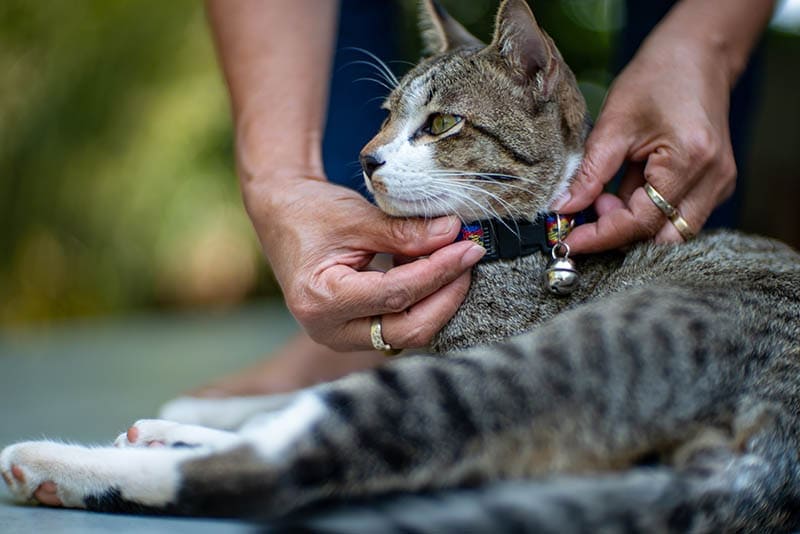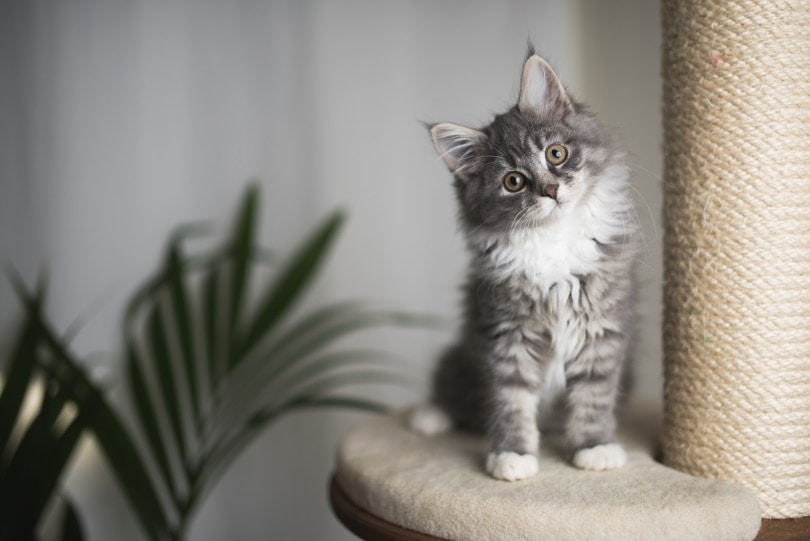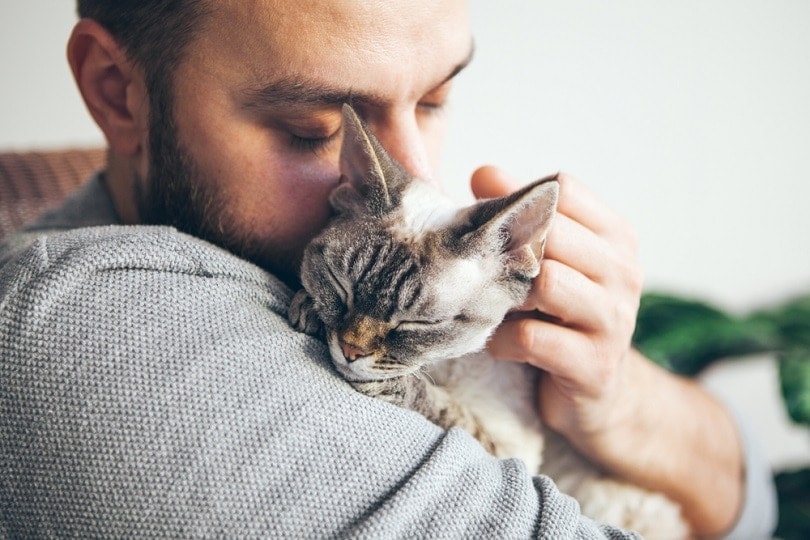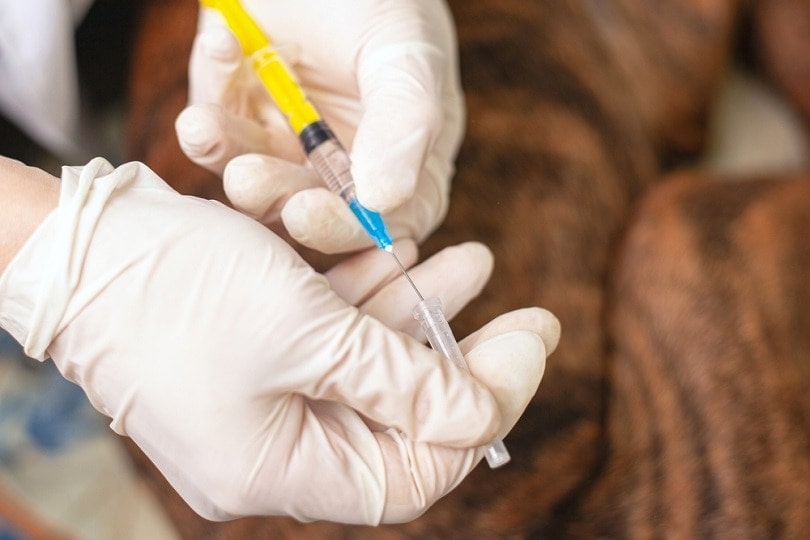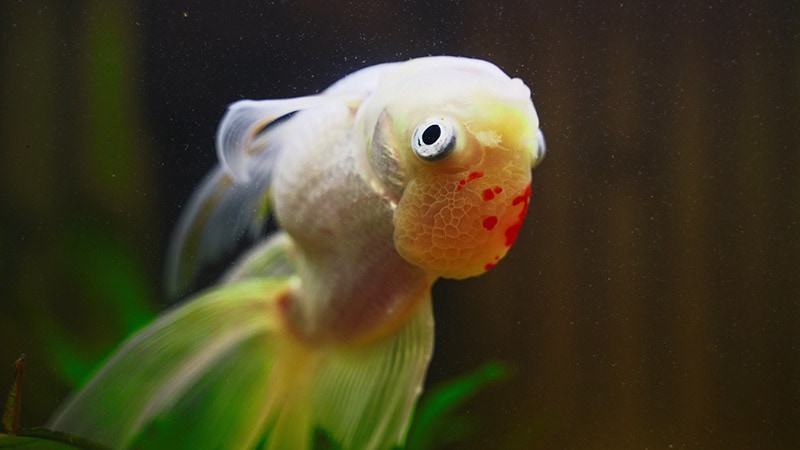How to Tell If a Cat Has a UTI (Urinary Tract Infection)? 7 Vet Approved Signs

Updated on
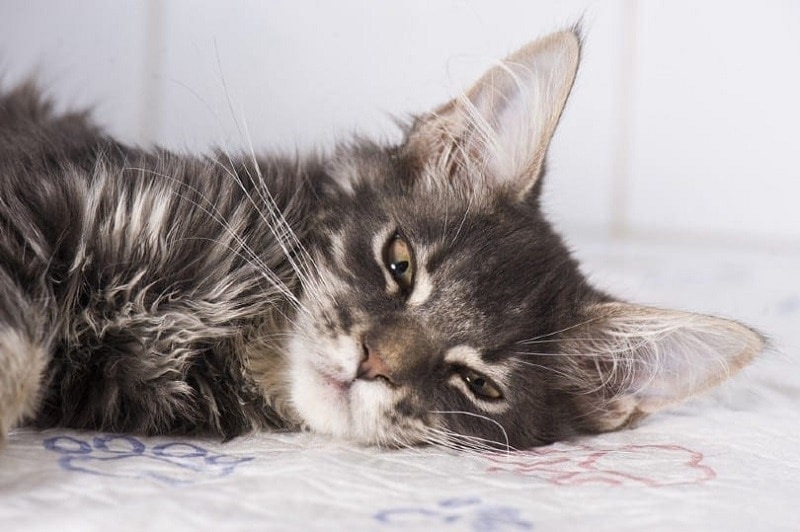
Cats are prone to a variety of urinary tract conditions, but urinary tract infections (UTIs) are not as common as they may seem. When they do develop UTIs, however, it can quickly become miserable for you and your cat.
Unfortunately, cats are anything but obvious when they’re suffering from a health problem, including UTIs. Here are some signs to watch out for.
The 7 Signs A Cat May Have A UTI
1. Frequent Litterbox Trips
A constant urge to urinate and an inability to completely empty the bladder are common symptoms of a UTI. When this happens, your cat may make frequent attempts to pee in the litterbox to relieve itself. If your cat is using the litterbox more without an obvious cause (such as drinking a lot more water), this could be because of a UTI.
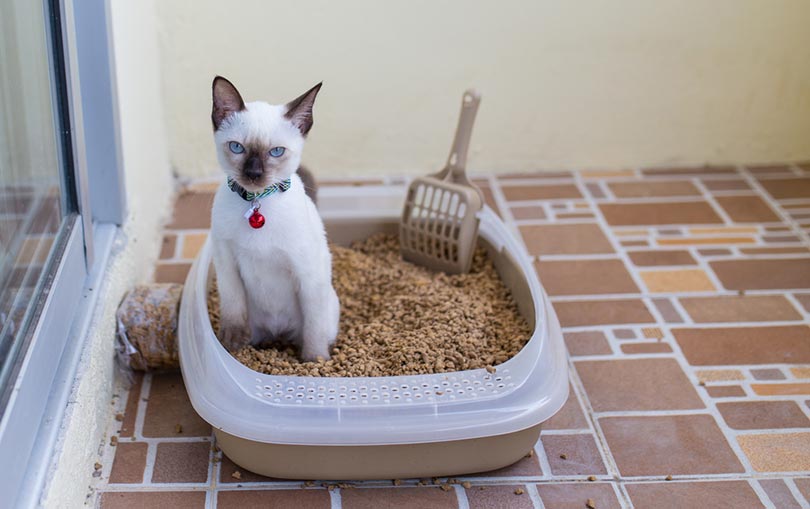
2. Accidents Outside the Litterbox
Cats hide pain or illness, but one of the telltale signs that your cat may have a UTI is if it begins to pee outside the litterbox. It’s often on a smooth or cool surface like a bathtub, shower floor, or tile floor, but you may also notice pee spots on the bathmat, area rug, or other odd places.
3. Vocalization
UTIs are often painful and include a burning or stinging sensation upon urination. If your cat shows signs of pain, such as crying out, it could indicate that peeing is uncomfortable. You may notice other signs, such as wincing or straining while urinating.
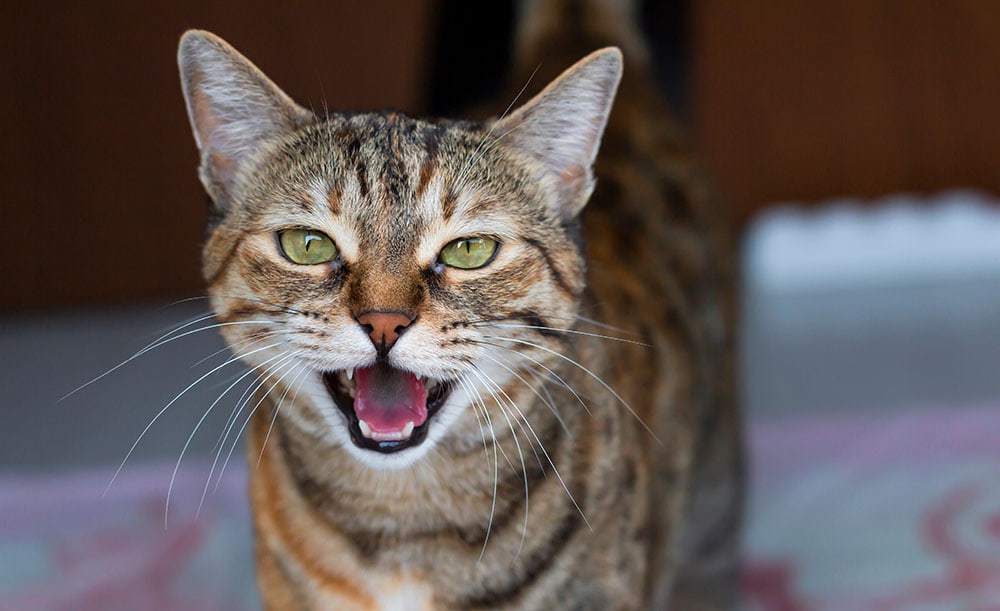
4. Blood in Urine
UTIs may cause blood in the urine, though it’s often in small amounts. If you notice a change in the urine color and turbidity, pink or red spots in the litterbox, or an accident spot elsewhere in the house, it’s a sure sign that something is wrong.
5. Excessive Genital Grooming
Because of the discomfort of a UTI, your cat may groom its genital area excessively to relieve the pain. If you notice your cat is licking itself more in this area, it could be due to a UTI or another urinary tract problem.
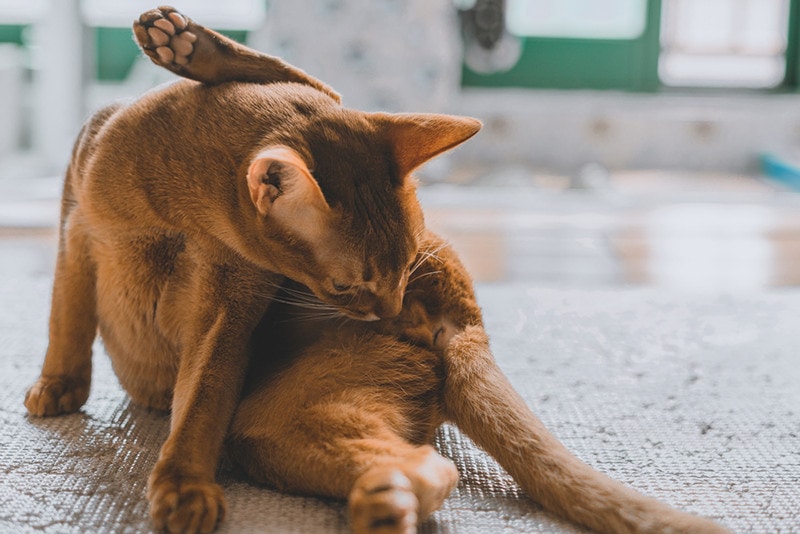
6. Strong Urine Smell
Urine can smell strong for a lot of reasons, but an unusually pungent or foul smell, especially with an ammonia odor, could be because of a UTI.
7. Personality Changes
Cats uncomfortable or in pain may have personality or behavioral changes, such as lethargy, irritability, inappetence, hiding, or avoidance. These symptoms could indicate other issues, however.

 What Causes UTIs in Cats?
What Causes UTIs in Cats?
UTIs happen when bacteria travel up the urethra and into the bladder. Once the bacteria finds its way into the bladder, it can grow out of control, causing a UTI.
What Is Feline Urinary Tract Disease?
Feline urinary tract disease (FLUTD) is an umbrella term to describe symptoms that relate to your cat’s urethra and bladder. Some cats also develop bladder stones, even without a UTI, which can cause pain, recurrent infections, and blockage, often leading to obstruction. Left untreated, these conditions can be life-threatening.
Like UTIs, the symptoms of FLUTD may include pain when urinating, more frequent urination, and blood in the urine. Cats may also groom excessively and urinate in inappropriate places, such as the bathtub or tile floor.
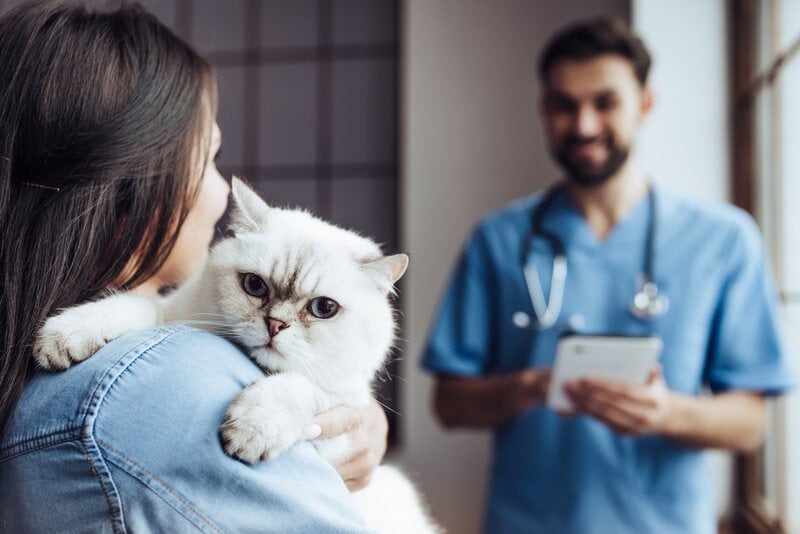
What Do I Do If My Cat Has a UTI?
Cats are prone to urinary tract issues and can be excruciatingly subtle in their symptoms. It’s important to pay attention to these signs to seek treatment as soon as possible. If a UTI goes untreated, it can lead to potentially serious complications like a kidney infection.
Conclusion
Cat UTIs aren’t that common in cats, but they do occur and can be extremely unpleasant for your pet. If you notice any of these signs of a UTI, it’s important to have your cat evaluated by a veterinarian as soon as possible to avoid further complications.
Featured Image Credit: Kachalkina Veronika, Shutterstock


